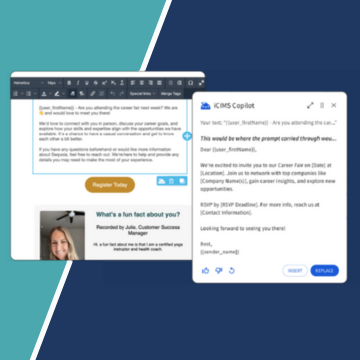

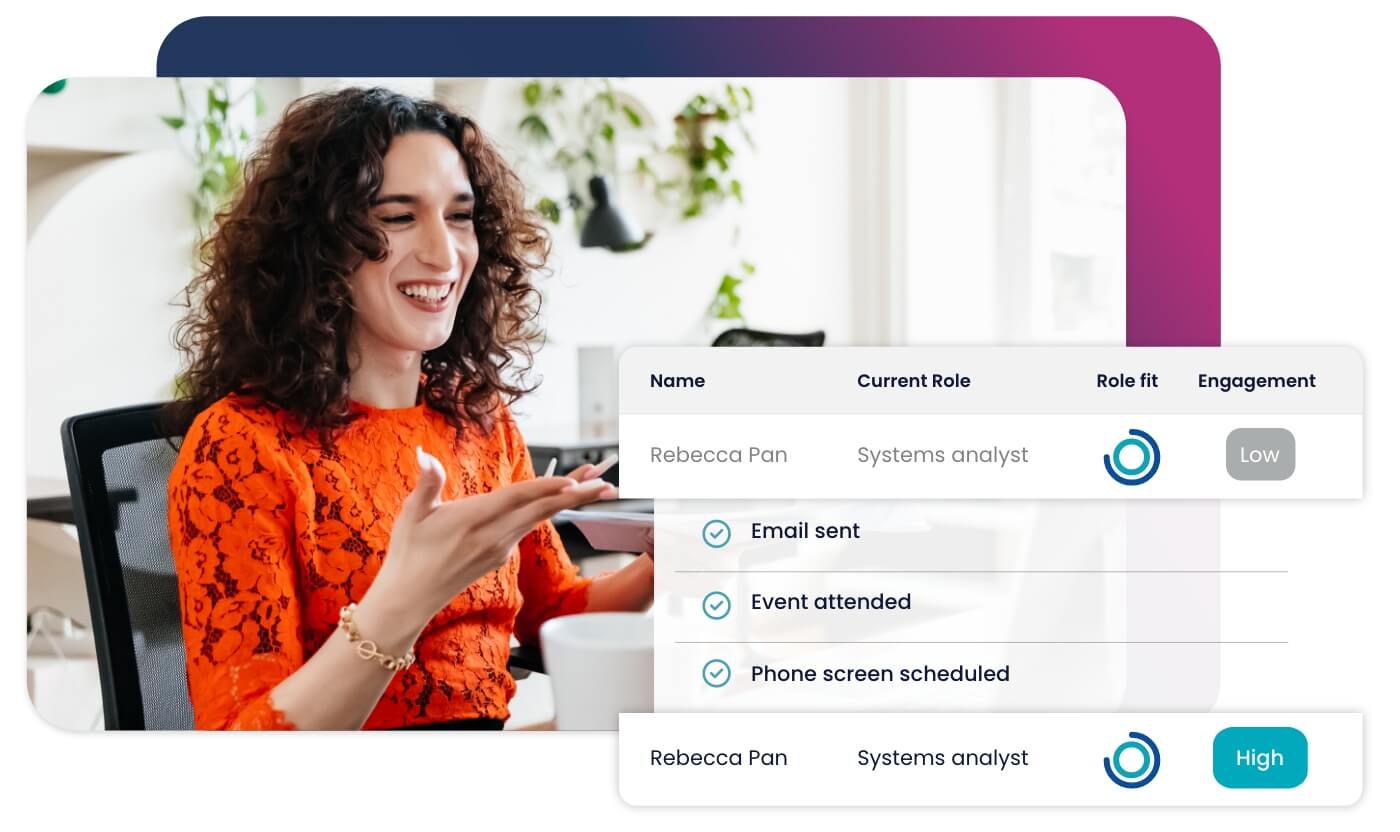



Accelerate hiring key talent to deliver care and exceed patient satisfaction.

Attract skilled candidates, speed up hiring and grow expertise in your workforce.

Simplify recruiting finance and banking talent with a platform for hard-to-fill roles.


Build a talent pipeline that engages and drives your business forward.


See how diverse and global enterprises use iCIMS to employ millions, drive innovation and connect communities worldwide.

Learn how a beloved restaurant hires 40,000+ annually with a great candidate experience.
Uncover unique market insights, explore best practices and gain access to talent experts across our library of content.


View press releases, media coverage, the latest hiring data and see what analysts are saying about iCIMS.

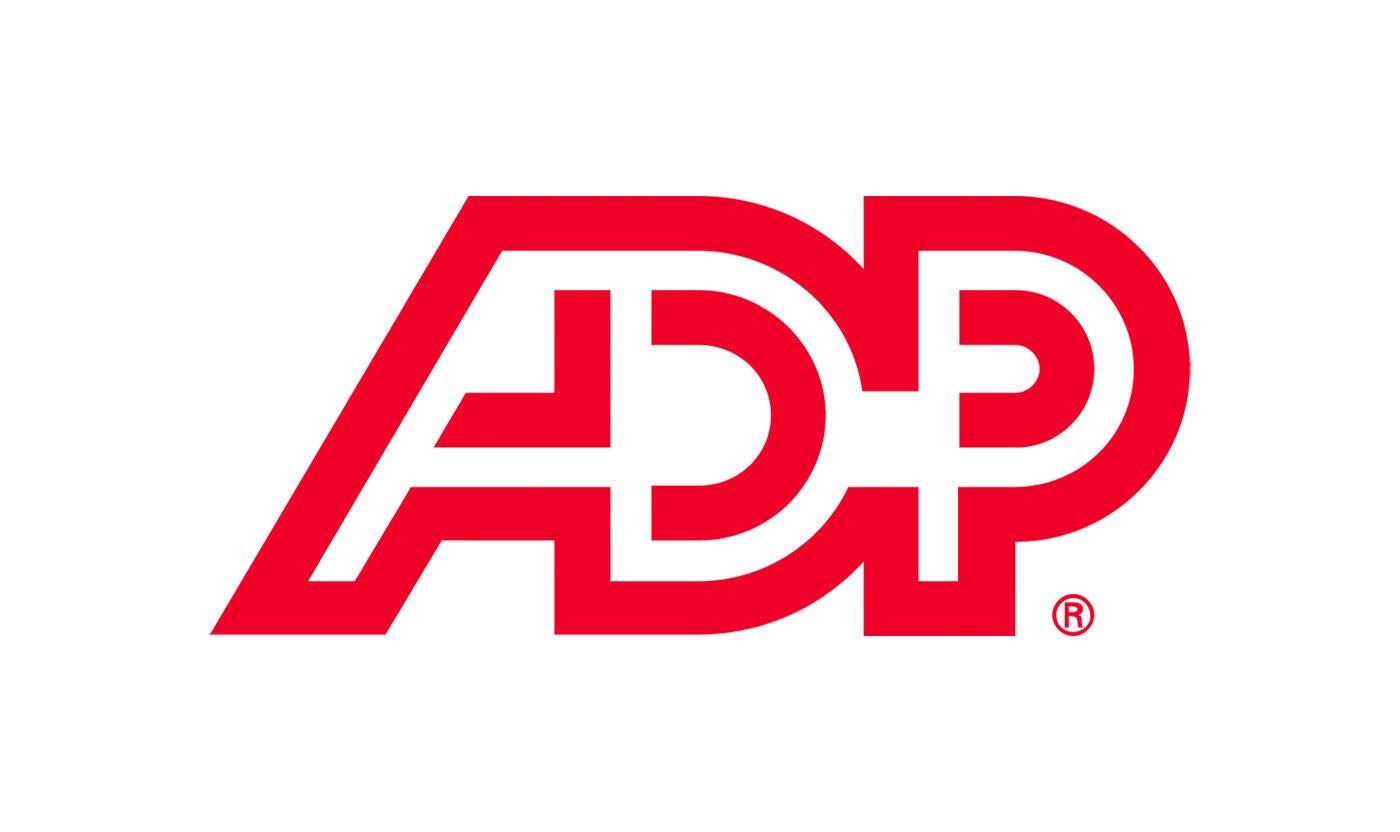
Streamline your tech stack and take advantage of a better user experience and stronger data governance with ADP and iCIMS.
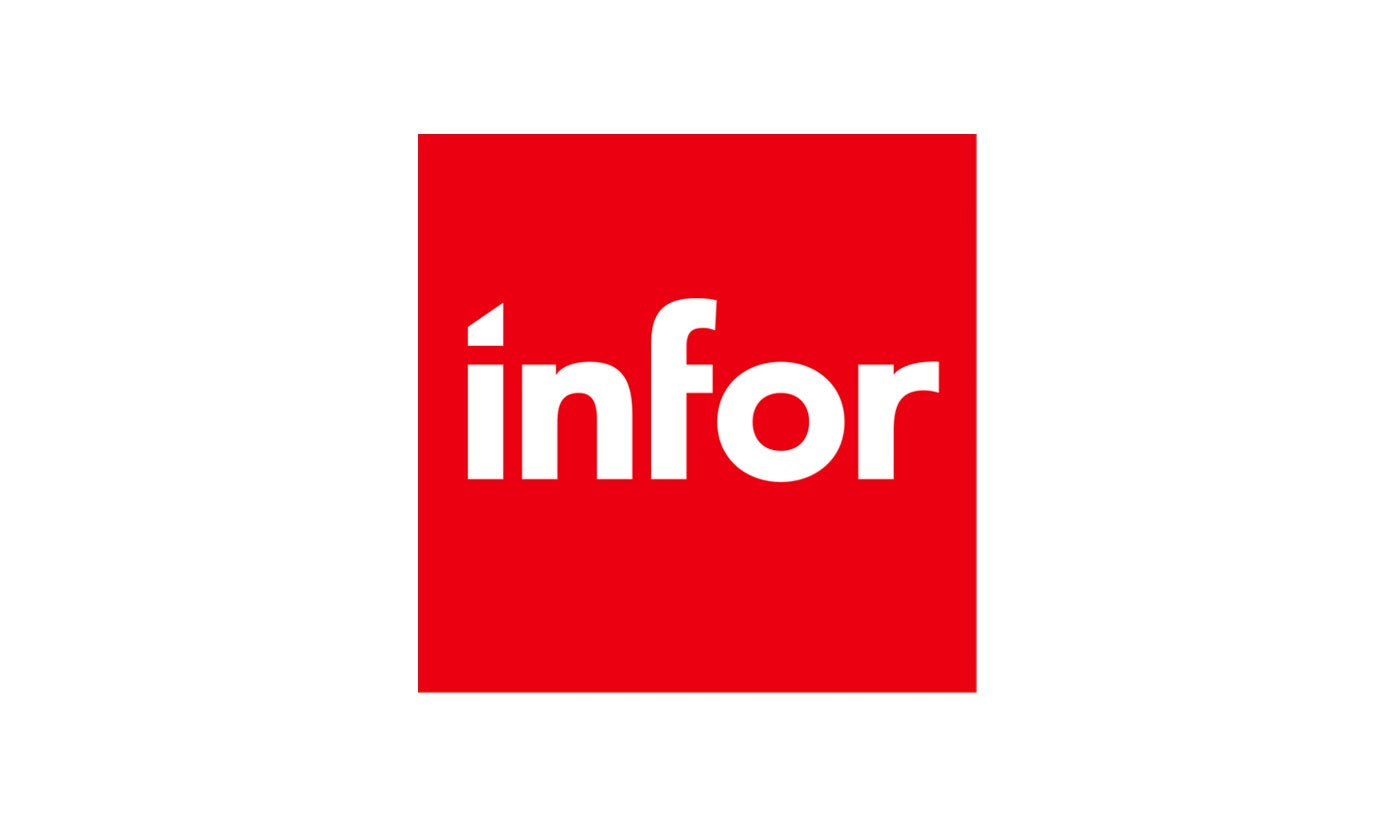
The combined power of iCIMS and Infor helps organizations strategically align their business and talent objectives.
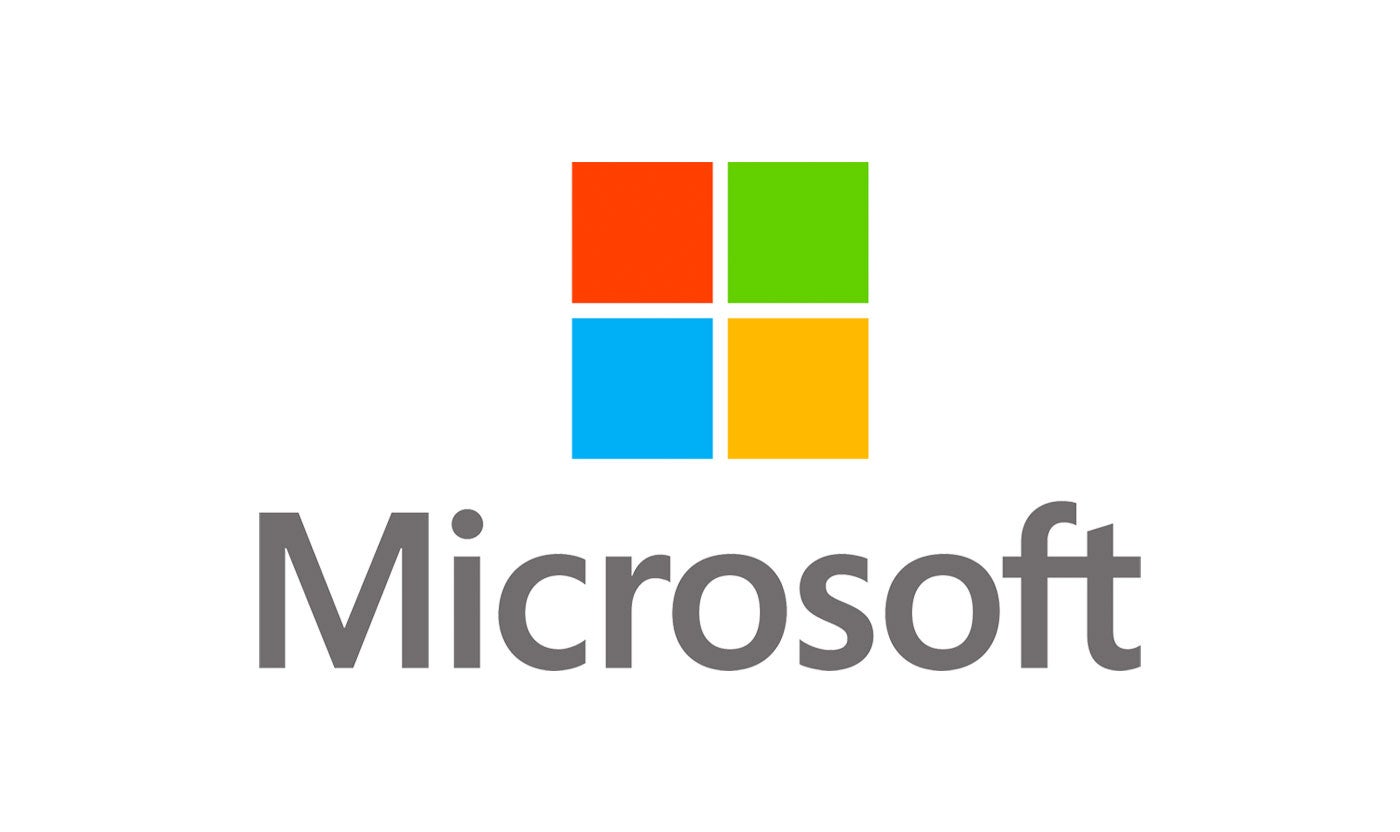
Our award-winning partnership with Microsoft is grounded in a shared desire to transform the workplace and the hiring team experience.
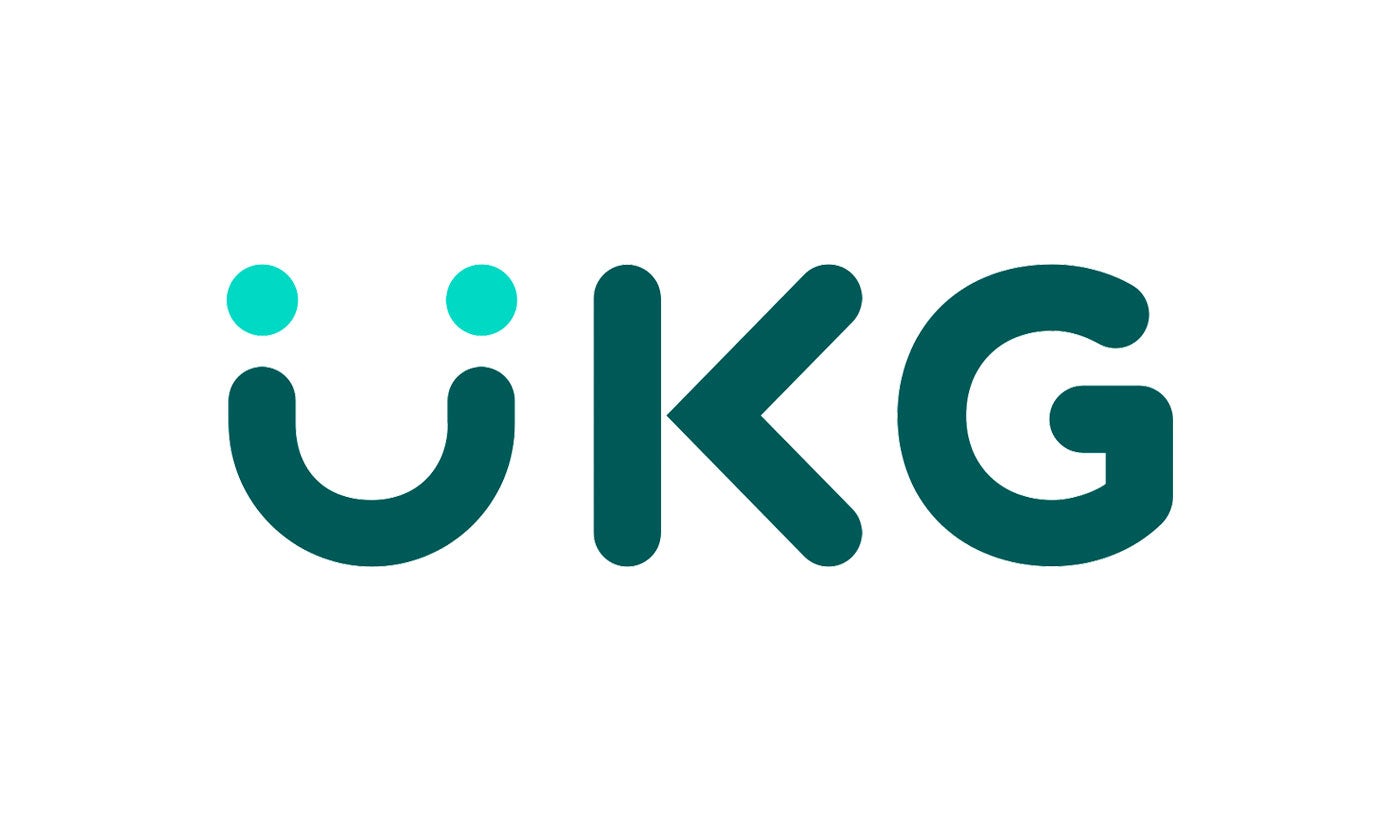
Our partnership with Ultimate Kronos Group (UKG) supports the entire talent lifecycle by bringing frictionless recruiting solutions to UKG Pro Onboarding.

The average person makes nearly 35,000 decisions a day. We often opt for path of least resistance – relying on our experiences, emotions, and peer recommendations to guide us.
But, when it comes to recruiting, the stakes are higher, and the consequences can be much greater, than for most daily decisions. It’s important to make a more conscious effort and get off autopilot mode – otherwise, biases can creep in and potentially lead to homogeneous hiring.
To help solve this challenge and create more equitable hiring processes, we’re excited to release resume redaction within iCIMS Applicant Tracking. Now you can automatically block personal identifiers from a resume review. By removing non-essential information from what they see first, hiring teams can zone in on skills, qualifications, and firsthand experience.
Media error: Format(s) not supported or source(s) not found
Download File: https://www.icims.com/wp-content/uploads/2021/11/DEI_ResumeRedaction_animationonly-1.mp4?_=1
You are likely already familiar with the value of hiding identity to recognize talent with less bias interference from the entertainment world. iCIMS’ Culture Belonging Inclusion and Diversity Director, Chinor Lee, gives an example:
“There are multiple popular talent shows that hide the artist from the judges in some way. Perhaps the judges have their backs to the artist or maybe the artist is hidden behind an avatar. Either way, the objective is to find the most talented candidate. In the same way, we can hide identifying information during the hiring process.”
Resume redaction can help to mitigate biases and build a more diverse candidate slate by anonymizing information that’s not necessarily found to be relevant to performance. Once the settings in your ATS are defined you can feel confident that candidates are being reviewed primarily on their qualifications and skills to get the job done.
For example, you may want to allow all talent acquisition leaders to have access to all information at ATS login, whereas for hiring managers you might redact their view up until they have approved someone for an interview.
Our personal identifiers represent our heritage, family, and history, and unique traits should be embraced by organizations. But the reality is that our subconscious and cognitive shortcuts can still inform our decision making despite training efforts.
“The goal with resume redaction is to keep the focus on skills and potential to get a wider range of diversity through the first decision point,” says iCIMS Product Manager, Amber Brown. “We have heard testimonies of candidates and hiring teams that speak to challenges with hiring from distinct universities. With resume redaction, we want to help hiring teams become more open-minded by surfacing candidates using AI in the iCIMS Talent Cloud and adding redaction as to not distract first decisions with datapoints like university.”

Resume redaction in the iCIMS ATS is one way you can look to minimize the effect of unconscious biases in the hiring process. As Brown put it, “There are so many examples of where this practice can be impactful, including but not limited to names. For example, by eliminating “university” from initial view you can address elitism that can pop up when you screen profiles from community colleges, boot camps, or non-traditional career paths.”
Enabling this new feature can help address:
Not sure where to start? Here are the most popular fields you can redact from your team’s view within iCIMS ATS – and some insight into how they can sway decisions:
———–
You can learn how to be more intentional with language, focus on skills, and make improvements with technology in a recent on-demand webinar. Click here to watch: How to mitigate bias in the hiring process, hosted by Chinor Lee and Melissa Dobbins, Founder and CEO at Career.Place.




